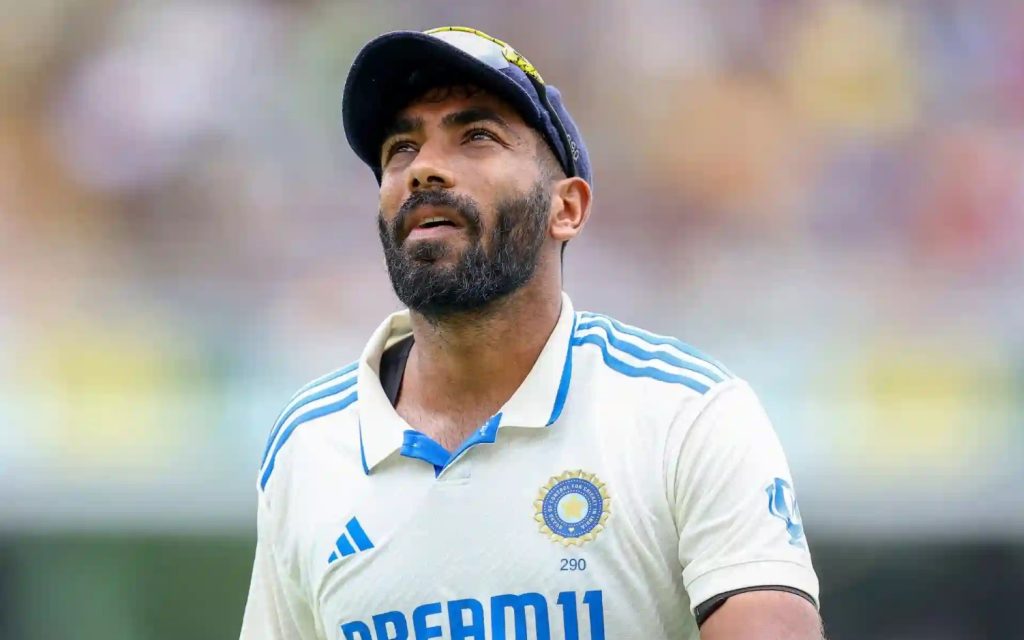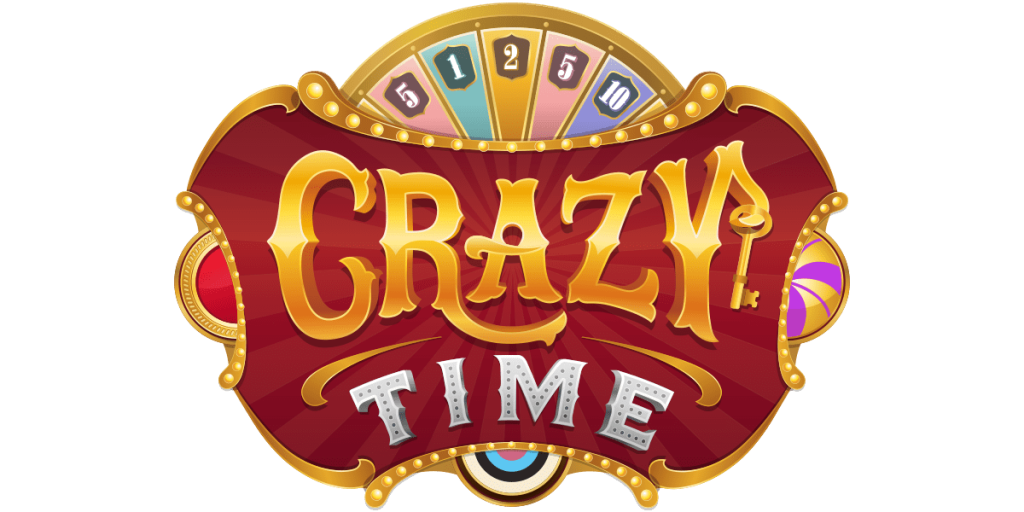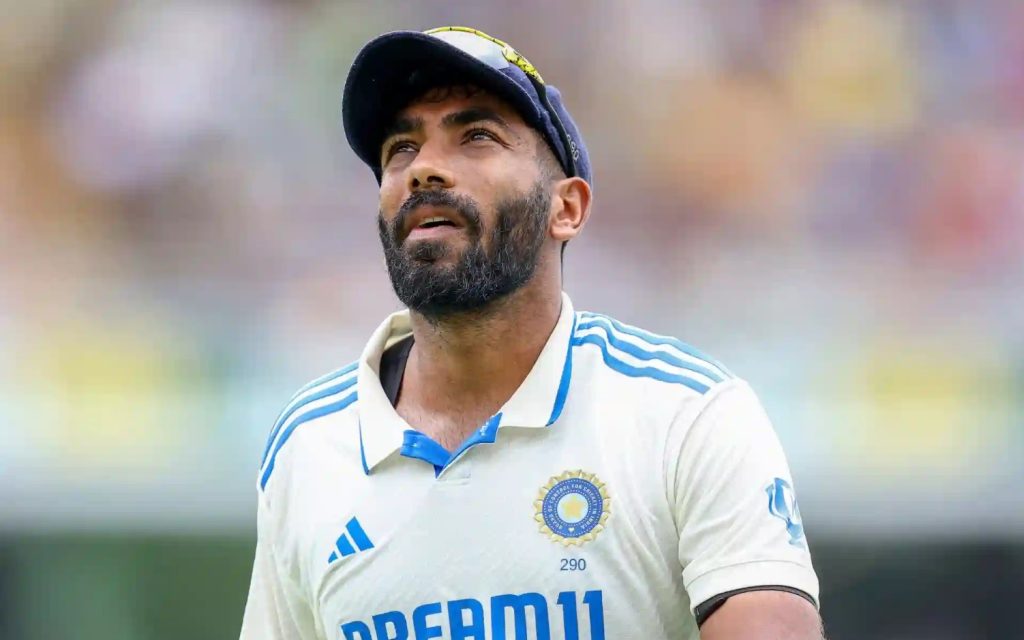Fast Bowler: The art of fast bowling in cricket has always captivated audiences with its raw energy, power, and aggression. The right-arm fast bowler, often seen as the spearhead of any bowling attack, is central to the game’s dramatic pace and intensity. Their role is not only to dismiss the opposition but also to intimidate, challenge, and create pressure from the very first ball. This article explores the intricacies of the right-arm fast bowler, from technique and skill to the most notable players in cricket history, along with some key statistical comparisons.
The Role of a Right Arm Fast Bowler
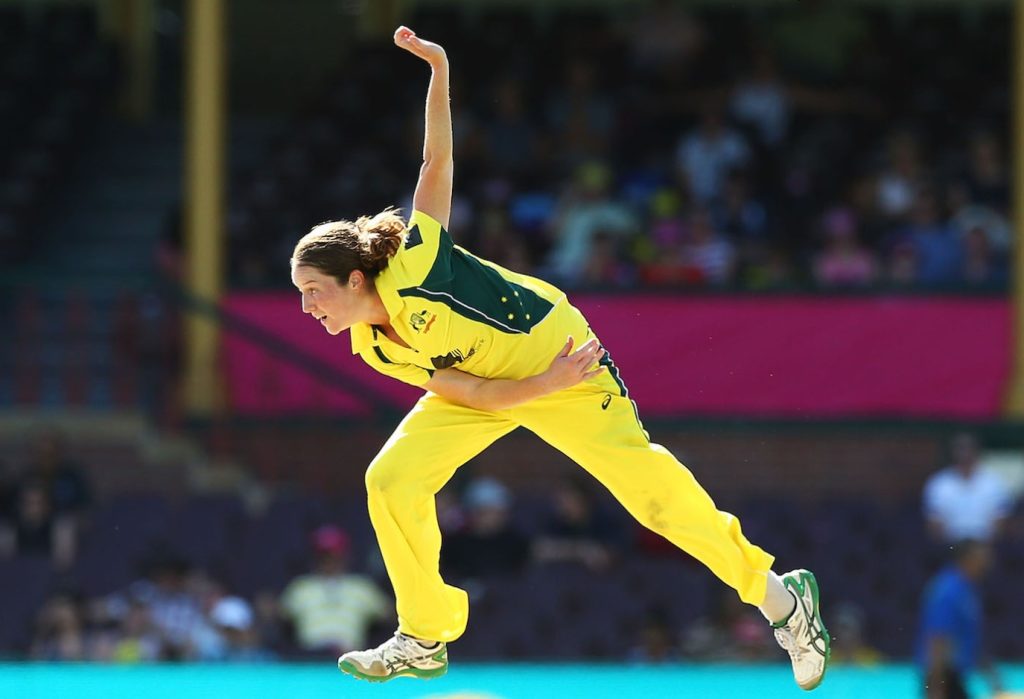
A fast bowler’s primary aim is to bowl the ball at high speed while maintaining accuracy and consistency. Right-arm fast bowlers typically deliver the ball at speeds exceeding 140 km/h (87 mph), with some players touching 160 km/h (99 mph) or even faster. These bowlers are essential in breaking partnerships, controlling the game’s momentum, and providing key breakthroughs in crucial moments.
The fast bowler’s job is multi-faceted:
- Intimidation: A fast bowler’s most immediate weapon is the ability to intimidate the batsman. A quick bouncer or a full-length delivery can force the batsman to make errors or lose focus.
- Pressure: Through pace and accuracy, a fast bowler builds pressure, forcing the batsman to play shots they would normally avoid.
- Swing and Seam Movement: While pace is the hallmark, the ability to move the ball through the air (swing) or off the pitch (seam movement) can enhance the effectiveness of the bowler.
The Technique Behind the Fast Bowling
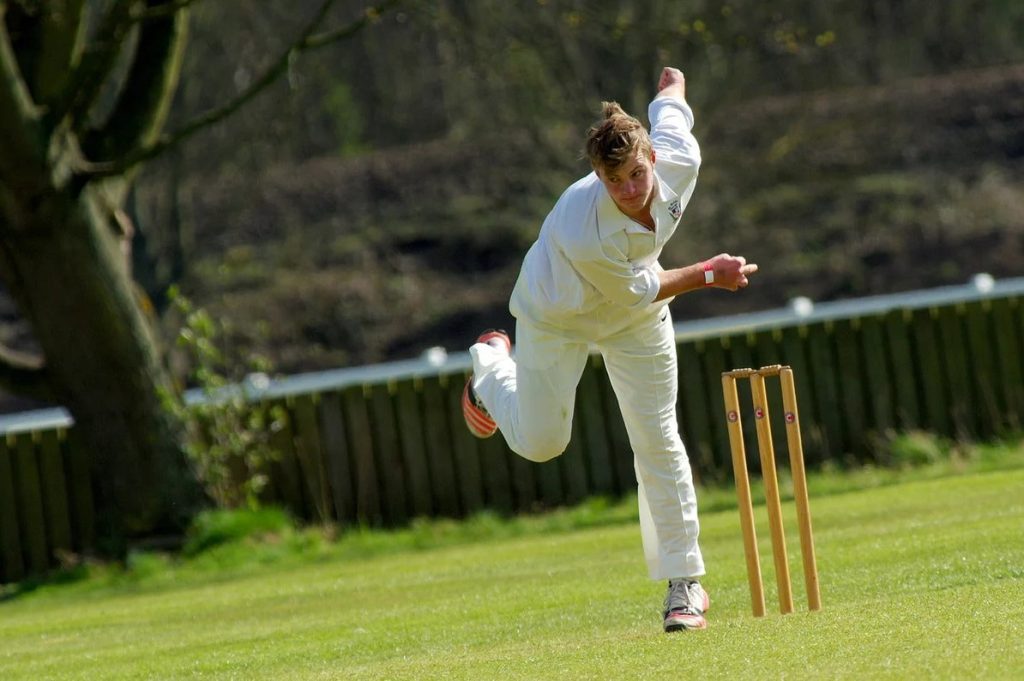
For a fast bowler, physical strength and fitness are crucial components. But it is also the technique that differentiates the best from the average. The basic bowling action involves the following steps:
- Run-Up: A fast bowler’s run-up is the foundation for generating speed. The pace at which a bowler approaches the crease can significantly impact their delivery speed. A steady but explosive run-up ensures the bowler is able to gather momentum.
- Delivery Stride: As the bowler reaches the crease, the final strides should be smooth, ensuring all the power from the run-up is transferred into the delivery.
- Arm Action: A high-arm action (as opposed to a low-arm action) allows the bowler to generate more pace. The more fluid and relaxed the action, the better the velocity and accuracy.
- Release Point: The release point is critical in determining the trajectory and speed of the delivery. A bowler can generate different deliveries—such as inswingers, outswingers, and bouncers—by adjusting the wrist position and seam orientation at release.
- Follow-Through: After the ball is released, the bowler’s follow-through is essential for maintaining balance and avoiding injury. A proper follow-through ensures that the bowler can maintain control over their deliveries and continues to build energy for the next ball.
Fast Bowling and the Mental Aspect
While the physical attributes of a fast bowler are vital, their mental approach is equally significant. The right-arm fast bowler must be resilient, courageous, and constantly aware of the game’s changing dynamics. Fast bowlers must stay calm under pressure and learn to control their aggression, especially when the pitch conditions favor the opposition.
Moreover, fast bowlers often need to adapt their strategies in different formats. For instance:
- In Test matches, they are expected to bowl long spells and sustain pressure over extended periods.
- In One Day Internationals (ODIs), they need to adjust their line and length to counter batting aggression.
- In T20s, they must be innovative, mixing pace variations, yorkers, and bouncers to outfox the batsman in the shortest format.
Pace Bowlers: A Statistical Comparison
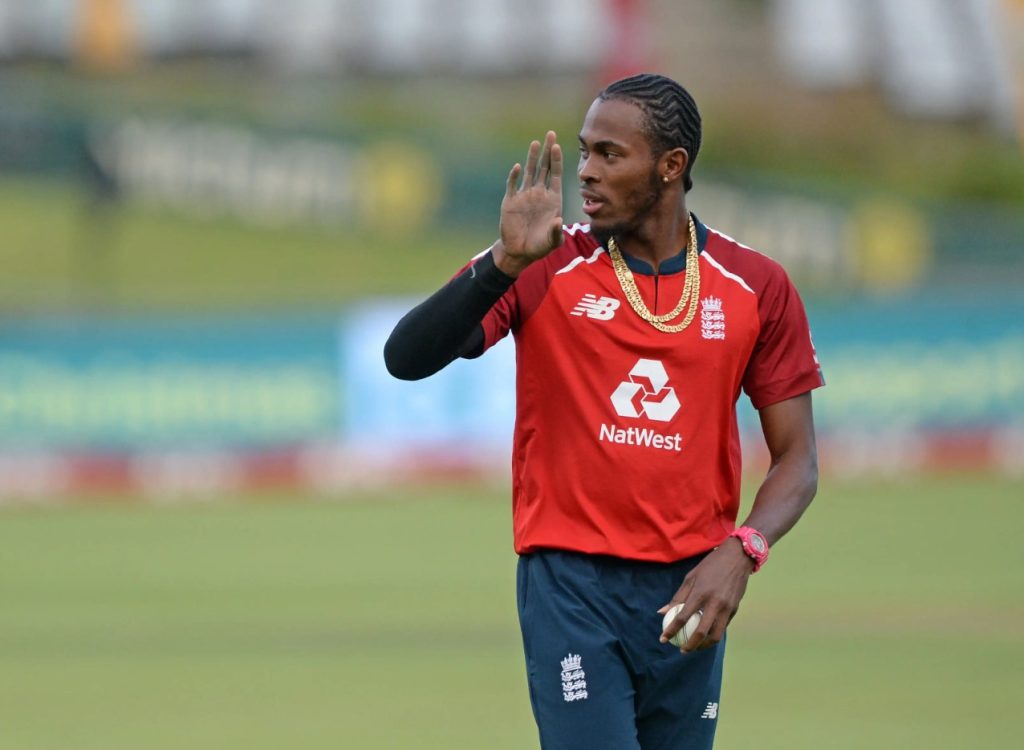
The performance of a right-arm fast bowler can often be measured by their wickets, economy rate, and strike rate. Here’s a comparison of some of the best right-arm fast bowlers in history.
| Player | Matches Played | Wickets Taken | Bowling Average | Strike Rate | Best Bowling (Innings) |
|---|---|---|---|---|---|
| Shoaib Akhtar (Pakistan) | 163 | 444 | 25.69 | 43.7 | 6/11 |
| Brett Lee (Australia) | 76 | 380 | 30.81 | 45.0 | 5/30 |
| Shane Bond (New Zealand) | 18 | 87 | 22.09 | 41.7 | 6/19 |
| Dale Steyn (South Africa) | 93 | 439 | 22.95 | 42.3 | 7/51 |
| Curtly Ambrose (West Indies) | 98 | 405 | 25.62 | 51.4 | 7/25 |
The table above shows some of the best right-arm fast bowlers of all time. Shoaib Akhtar, known for his sheer pace, was often considered the fastest bowler of his era. Brett Lee’s relentless pace and aggression made him one of Australia’s greatest pacers. Dale Steyn, with his ability to swing the ball at high speed, has been one of the most consistent performers for South Africa. Curtly Ambrose’s calm demeanor and ability to generate bounce and swing were crucial to the West Indies’ dominance in the 1990s.
The Evolution of the Fast Bowler
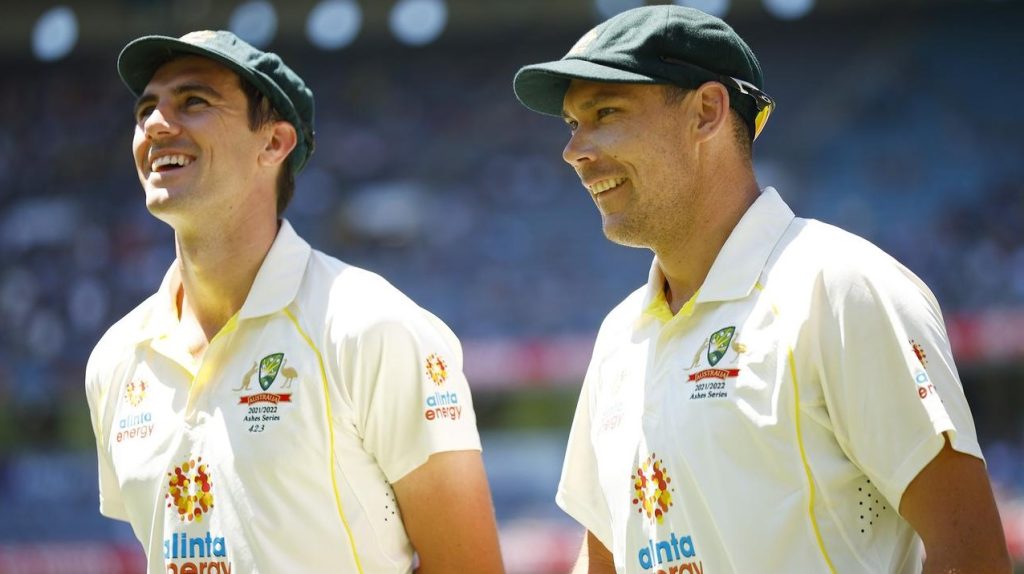
The evolution of fast bowlers has been fascinating. In the early days of cricket, bowlers like Fred Trueman (England) and Ray Lindwall (Australia) laid the groundwork for modern fast bowling. Their approach was simple but effective: sheer speed and accuracy.
In the 1970s and 1980s, bowlers like Jeff Thomson (Australia) and Malcolm Marshall (West Indies) introduced the concept of unplayable bouncers and seam movement. Marshall’s ability to swing the ball both ways, even with the old ball, made him one of the deadliest bowlers in the game.
The 1990s and 2000s brought forth the likes of Shoaib Akhtar and Brett Lee, who not only possessed great speed but also introduced tactical aggression into the fast-bowling art. This period also saw the rise of Muttiah Muralitharan, a spinner, but alongside him, pace bowlers were still setting the bar for cricketing excellence.
Challenges Faced by Right Arm Fast Bowlers
While being a fast bowler is thrilling, it also comes with numerous challenges. The physical toll on the body is enormous, especially on the knees, back, and shoulders. Fast bowlers often have shorter careers due to the constant strain and the risk of injury.
Injury is a constant threat to fast bowlers. Overuse of the shoulder and back, combined with the high-impact nature of their job, means they are more susceptible to stress fractures and ligament damage. It is not uncommon for bowlers to spend a significant amount of time recovering from injuries. Proper rest and rehabilitation are critical for longevity in the game.
The right-arm fast bowler remains an icon in cricket, providing both spectacle and drama every time they take the field. Their blend of pace, aggression, and skill continues to define the sport. Whether in the subcontinent, where the pitch favors spin, or in Australia, where the bounce suits pacers, fast bowlers have adapted and evolved over time.
From the record-breaking feats of legends like Shane Bond, Curtly Ambrose, and Dale Steyn to the raw aggression of Shoaib Akhtar, the fast bowler is always central to the excitement of the game. Their ability to change the course of a match with a single ball makes them indispensable in every cricket team. Unleashing pace is not just about speed; it’s about having the skill, the mentality, and the desire to dominate and intimidate—traits that define the true fast bowler.
